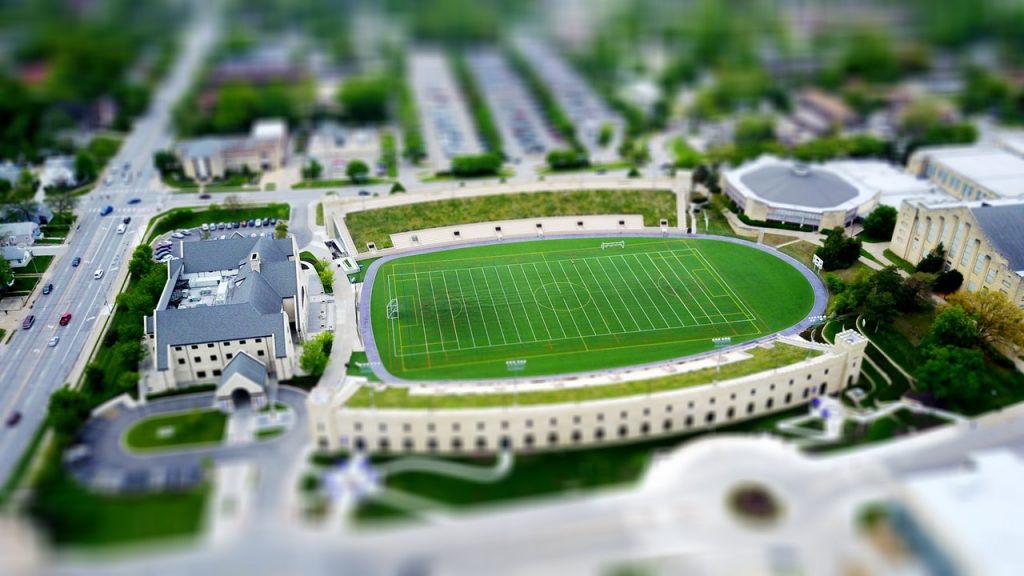Early education theorists believed that learning occurred inside the classroom and that the teacher was the carrier of knowledge. This is why traditional classrooms are composed of neatly lined desks where students are taught as if they’ll be working in industrial era factories. The students were considered as passive receivers of learning, in which they listen to the teacher and copy what’s written on the board.
Today, this classroom model is outdated and no longer applicable to today’s students. Designers and educators are now realising that students can learn outside the classroom through exploration, interaction and collaboration. This is why modern schools are adapting architectural designs that resemble top offices like Google and Apple.
The stages of experiential learning
The theory where students learn better hands-on is known as experiential learning. It was developed by American educational theorist David Kolb, who suggested that learning comes in four parts.
The cycle begins with a student’s concrete experience, followed by an opportunity to reflect on that experience. The student conceptualises and draws conclusions on what they experienced and observed, which leads to future actions in which a student experiments with different behaviours.
Learning through experience has been used as a technique by several schools to help students create and organise knowledge. Schools that have implemented hands-on learning have discovered that allowing students to take charge of their own education, with teachers facilitating learning, improves creativity, motivation and retention.
Incorporating experiential learning through school design
Although teachers are at the forefront of education, the physical environment can also make or break creativity and innovation. The art of designing schools is not just about improving the functionality of a classroom, but it’s also about creating a wide array of options for students and teachers within the school environment.
How can construction design services use physical learning spaces to assist teachers and strengthen children’s growth and learning? The following are best practices implemented by schools advocating for experiential learning through design:
- Integrating Technology
Technology integration is more than the presence of computer labs and projectors in classrooms. Today, with the sphere of learning widening to the entire school grounds, it’s necessary to wire different areas of the classroom with technology – hallways, cafeterias and stairwells and the outdoors.
- Widening School Spaces
Opting for a more open, transparent design with clear lines of sight lessens bullying of students, as there are more sets of adult eyes connecting with kids around the school. Wider hallways and glass windows also encourage collaboration and create a space to celebrate and observe student work.
- Creating Multi-Purpose Spaces
Every inch of the school can be designed to facilitate learning. Corridors, stairs and walls throughout the building can serve as extensions of classrooms. Single-use rooms like cafeterias and libraries can be designed to serve as media centres and theatres. School chairs and foldable walls can transform open areas to quiet reading spaces or consultation areas.
- Encouraging Outdoor Learning
Research suggests that learning outdoors enhances creativity and reduces stress. A common example of encouraging outdoor learning is by adding a garden where students can learn about nature, health and wellness.

Learning in the 21st century involves a more active approach to learning. Instead of being confined to the four walls of a classroom, students are now empowered to take charge of their own learning. This understanding has led to designers and educators optimising the school space for better participation and retention, and further fostering of creativity.

